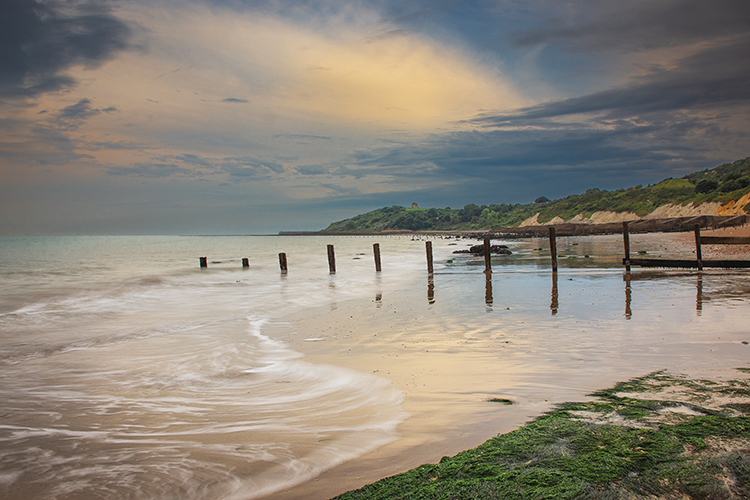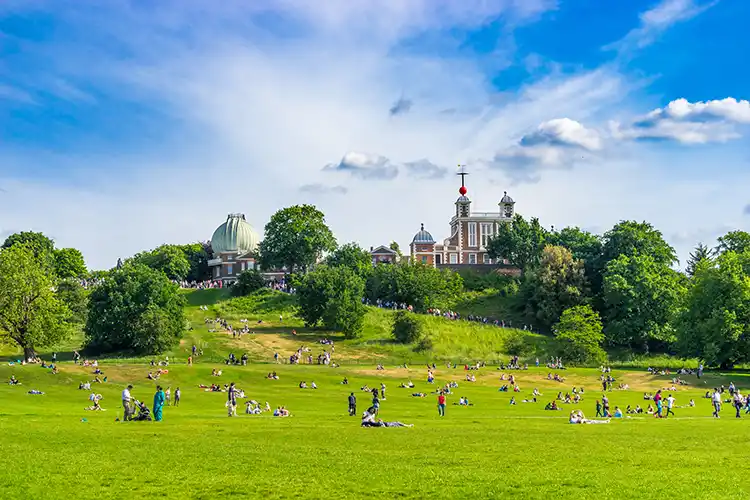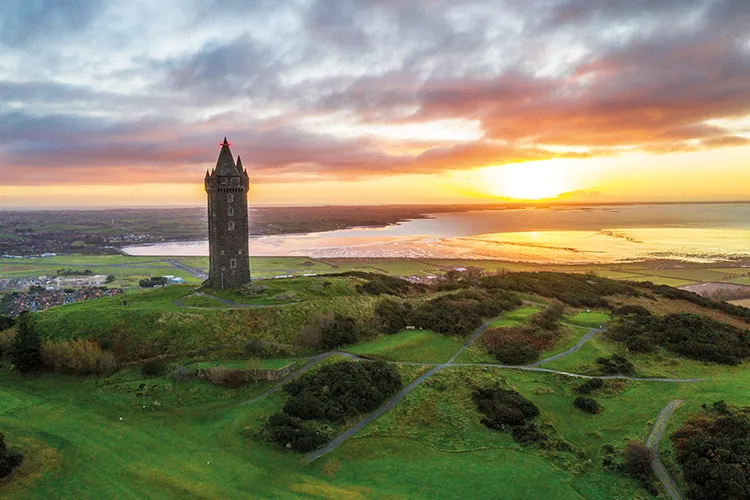
Roy Walsh discovers a changing coastline at Dorset’s most easterly point
Discovering Britain
View • Coastal • South West England • Web guide
The phrase ‘between the devil and the deep blue sea’ describes having to choose between two bad options. It also recalls the most easterly point of Dorset’s Jurassic Coast. At the end of Studland Bay, the grassy slopes of Ballard Down lead to the cliffs of Handfast Point. From here the ‘sea’ part is obvious, the deep blue of the English Channel. The ‘devil’ meanwhile is just offshore: the striking coastal formations of Old Harry Rocks.
Old Harry is an historic nickname for the devil. According to legend, the devil once slept on these rocks overnight. Local lore also suggests that Old Harry Rocks were named after Harry Paye, a notorious pirate from nearby Poole. Paye apparently placed his ship behind the rocks to intercept passing merchant vessels. He hid his loot in tidal sea caves.
Such caves riddle the largest of Old Harry Rocks. The Foreland (or No Man’s Land) resembles a giant broken tooth, complete with cavities. Harry is the distinctive stack beyond. Beside it is the gnarled remains of Old Harry’s Wife, a stack which collapsed in 1896. Old Harry and his Wife aren’t the only separated couple on this stretch of coastline. Thousands of years ago, dozens of stacks stood here. Old Harry’s Harem perhaps.
The Foreland’s caves show where they went. Caves form when a headland extends into the sea and waves erode the base. Over time, a cave will expand and hollow out until it becomes an arch, like Dorset’s famous Durdle Door. When further erosion makes an arch unstable, the top collapses, leaving behind a stack. The Foreland will eventually become a honeycomb of arches then ultimately a cluster of stacks.
DISCOVER MORE OF BRITAIN
On a clear day at Handfast Point you can see the Isle of Wight, including the Needles. The Needles are Old Harry’s distant cousins. Old Harry Rocks and the Needles are the remains of a chalk ridge formed around 66 million years ago. Until about 10,000 years ago, the ridge joined the Isle of Wight with Dorset’s Isle of Purbeck. Old Harry Rocks and the Needles emerged over millennia as the sea whittled the ridge away.
When Storm Eunice raged across Britain on 18 February 2022, the Met Office reported wind speeds of 122mph at the Needles, provisionally the greatest gust ever recorded in England. The eye of the storm may have passed the Needles but Old Harry Rocks show that water, not wind, has shaped this landscape the most.

Go to the Discovering Britain website to find more hikes, short walks, or viewing points. Every landscape has a story to tell!









